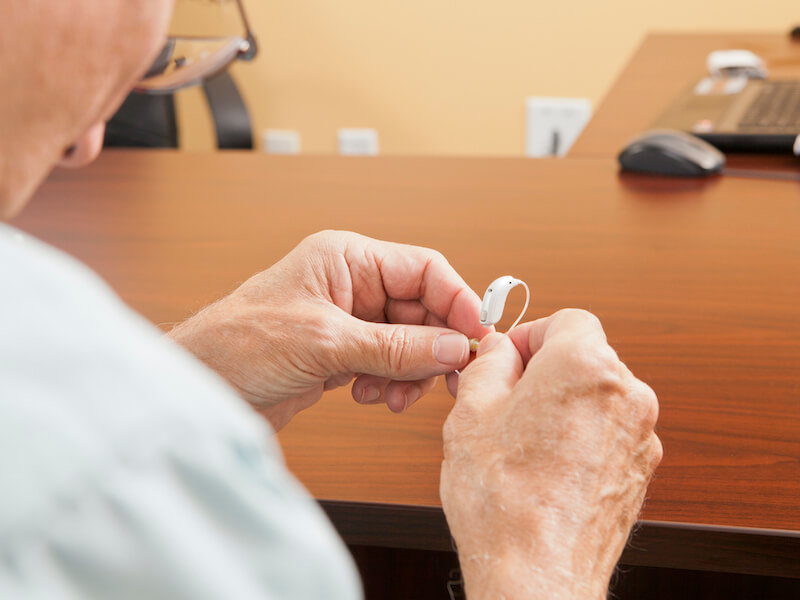
You take good care of your hearing aids. Cleaning them every day, you make sure they’re safe and snug on their charger when you go to sleep.
But you get pretty discouraged when your hearing aids abruptly stop working the way they used to. There are a few things you can do to troubleshoot the problem, luckily. Not doing any more damage is your top priority so you won’t have to replace them.
Hearing aid troubleshooting
You saved the owner’s manual that came with your shiny new hearing aids, right? Hopefully, you did so that you can check with your owner’s manual to do maintenance and troubleshooting. Using your owner’s manual is crucial because every model of hearing aid is different.
On most models there are some other things you can check, here are a few:
- Check for noticeable damage: Does your hearing aid have any apparent loose components or cracks around its shell? If you discover cracks, it could indicate that moisture is getting in and there could be more extensive damage.
- Check your battery: You’ll still want to assess the battery power even if you had your hearing aids on the charger overnight. If your hearing aid has replaceable batteries, it may not be a bad plan to check if those batteries are correctly inserted or if a new one solves the problem.
- Wax buildup: Perform a visual check of your hearing aid to ensure that there’s no wax buildup interfering with standard operation. Wax can accumulate quickly even if you clean your hearing aids regularly so make sure you double check.
- Keep your microphone clear: Look for anything obstructing the microphone of your hearing aid. An obstructed microphone can cause feedback or can cause your hearing aids to sound broken or quiet.
Once again you can discover how to address each of these issues by referring to your owner’s manual. In some cases, you may be able to perform maintenance yourself.
When does my hearing aid require repair?
If your hearing aid continues to malfunction after you’ve performed basic upkeep and troubleshooting, it’s likely that your hearing aid will have to be professionally repaired. You need your hearing aids for almost every facet of your life so this might not sound really appealing.
It’s certainly worth taking note that “repair” doesn’t always mean “mail your hearing aids in for service and wait several weeks”. In some cases, we can repair your hearing aid in office while you wait.
Or, you’ll be able to bring your hearing aids in for professional assistance and have them back in just a few hours (this, of course, depends on the degree of the damage, all the more reason to bring your devices in for repair as soon as you can).
There are still some instances where such rapid repair is not possible. A backup set of hearing aids may be needed in these situations. Perhaps you have an old pair that will do temporarily in a pinch. Or it’s possible that we have a loaner pair you can use.
Don’t wait to get help with your hearing aids
It’s crucial to get your hearing aid checked and repaired if you begin to notice the audio quality is beginning to falter.
Any degree of downtime needs to be prevented. Your mental health and your general health can be impacted by neglected hearing loss. More to the point, once your hearing aids are ignored in a box somewhere, it’s all too easy to pretend they don’t exist, meanwhile, your hearing gets worse and worse.
The best way to keep your hearing healthy is to keep those hearing aids working. And the best way to do that is to keep them clean, keep them charged, and, when needed, bring your hearing aids to get some professional help.
